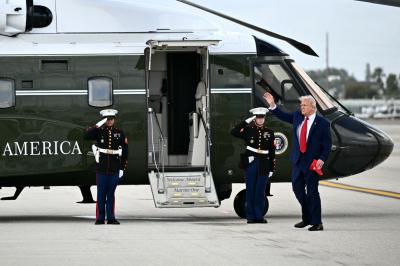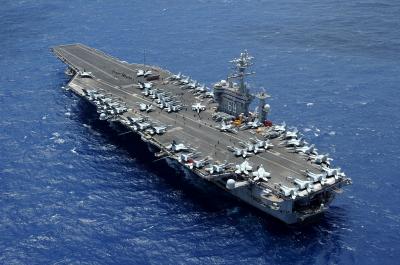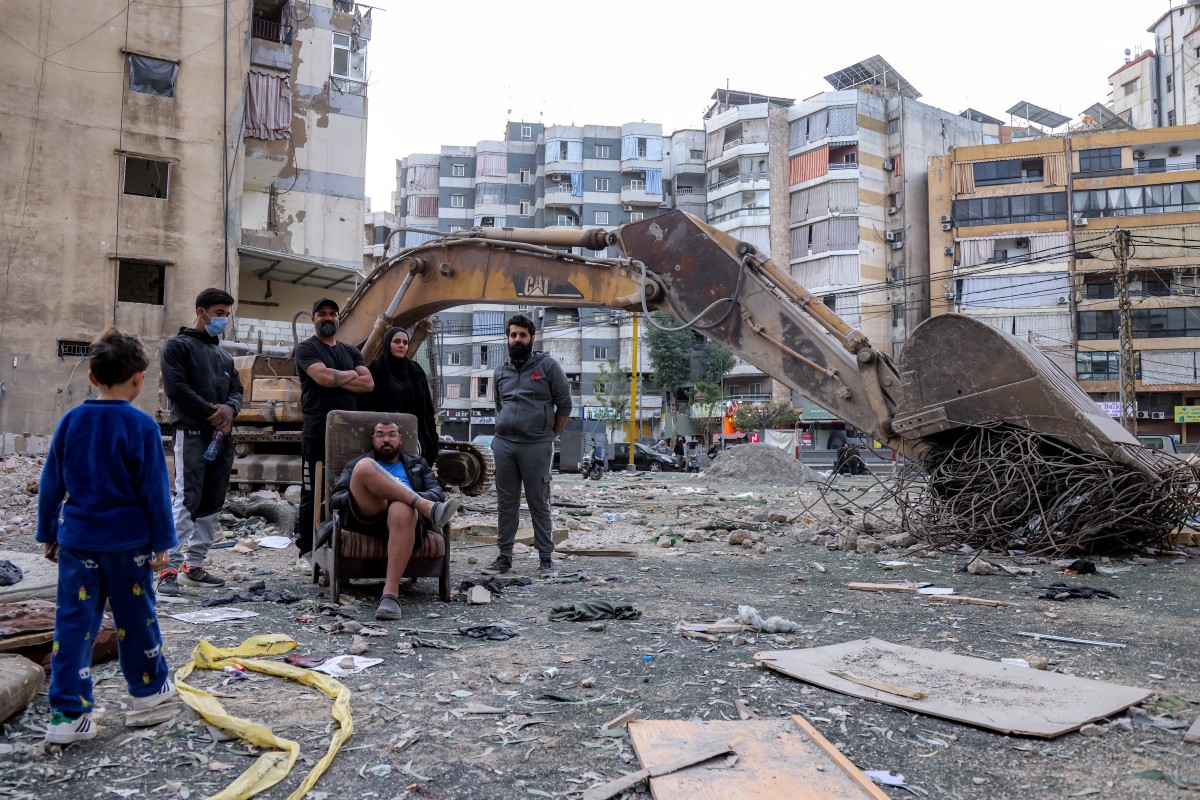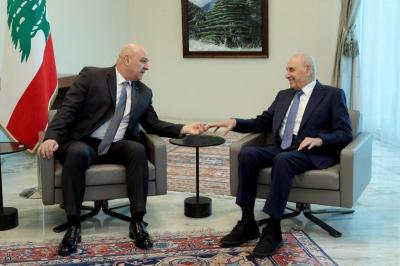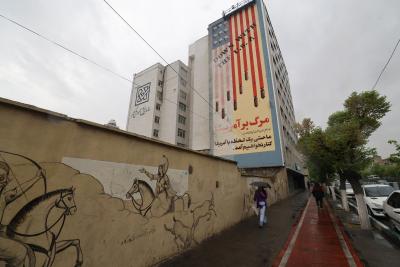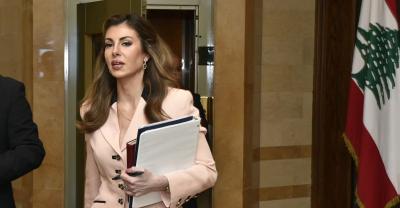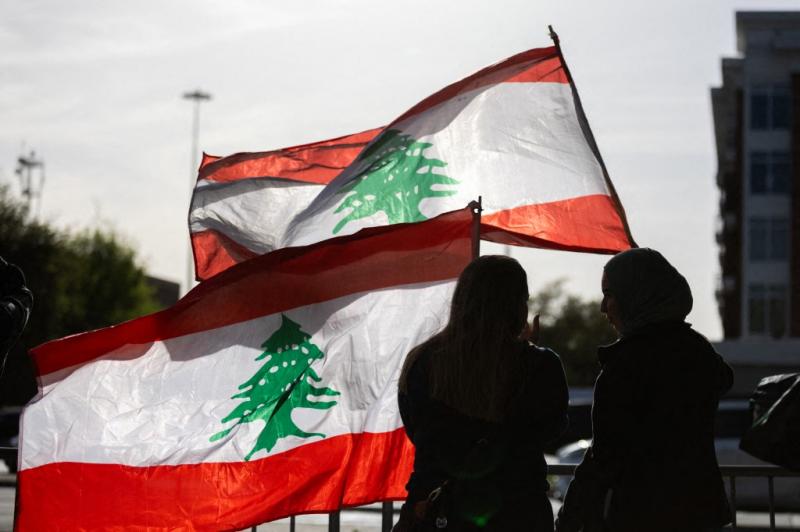Rarely has Lebanon seen a summer free of unrest or military tension. Almost every season that promised a revival of tourism—with its blend of mountains and sea, festivals, celebrations, and the return of the diaspora—has been undercut by violence. And this year, Lebanon’s relatively warm summer appears no different.
Just as hope was rekindled with the ceasefire agreement that seemed to bring an end to the latest "support war" in the South, the Bekaa, and the southern suburbs of Beirut—per UN Resolution 1701—Israel dismissed all understandings and pushed forward with its campaign to disarm Hezbollah, if not eliminate it. Backed by the United States, Israel has made this a condition for its withdrawal from still-occupied Lebanese territory, as well as for lifting the economic siege on Lebanon and unlocking foreign aid.
Will war return to Lebanon? That question has been asked almost daily since the ceasefire was declared on November 27, 2024. Since then, Israel has not ceased its military operations, expanding its strikes across Lebanese regions, including the heart of Greater Beirut. Targets have included individuals holding positions in Hezbollah, and while many civilians have been caught in the crossfire, the destruction continues to grow, as do fear and anxiety.
In a previous column, I described the Lebanese government as trapped between two blades: on one side, the international demand for Hezbollah’s disarmament; on the other, the imperative to preserve internal unity and avoid a devastating conflict between the Lebanese Army and the party. The call for resolving the arms issue through a national defense strategy is seen internationally as stalling or avoidance, which has only contributed to increased external pressure. The government remains confused, paralyzed, and financially constrained—caught between those blades.
But Hezbollah itself now finds itself caught between two new blades.
The party, having accepted the ceasefire and publicly committed to upholding Resolution 1701 and deferring to the Lebanese state's decisions, has so far remained silent in the face of Israeli attacks on its regions, centers, and personnel (the death toll has exceeded 115). But this silence, this patient endurance, is increasingly uncomfortable—for both Hezbollah’s base and the broader Lebanese public.
Yes, the party’s leadership still speaks the language of strength, resistance, and Lebanon’s right to confront occupation. But the reality on the ground contradicts this rhetoric. Hezbollah has suffered significant losses—material, political, and moral—from its highest ranks to its grassroots fighters. Despite this, its popularity within its core base remains high, whether acting alone or as part of the "Shiite duo."
Yesterday, a senior party official issued a defiant statement suggesting Hezbollah has rearmed, rebuilt, and regrouped, warning Israel that patience has its limits.
But was the statement merely an emotional release? A message to a wounded support base, promising that the party will not surrender despite the losses? Or was it a challenge to the Lebanese government—echoing the position of several Lebanese factions—that claims it alone can deter Israeli aggression, provided Hezbollah halts its actions against Israel and cedes authority over war and peace to the state?
It seems Hezbollah is acutely aware—albeit discreetly—that it, too, is trapped: Under one blade is the inability, in these pressure-laden times, to respond militarily or achieve any clear victory; under the other is the commitment to its long-held political doctrine of resistance, reconstruction, and aid—alongside its pledge to a new government it helped bring to power.
Before the recent war, Hezbollah’s success in resistance relied on three core pillars:
1- The clarity of its cause—liberation—which enjoyed near-consensus in Lebanon and broad regional and international understanding.
3- 2- Vast human and military resources were provided by the "Axis of Resistance."
An exceptional leader.
But that leader—who embodied charisma, influence, and commanding presence—was lost to martyrdom. So where does Sheikh Naim Qassem, the current Secretary-General of Hezbollah, stand in comparison to Hassan Nasrallah? Despite being a founding member and a long-standing influential figure, Qassem lacks the same impact. Do people hang onto his words as they once did Nasrallah’s fiery speeches and raised finger?
As for manpower and weaponry, they are being relentlessly hunted down by Israeli missiles, air raids, and cutting-edge surveillance—reaching even the most remote Hezbollah hideouts. The supply routes have been severed, and the party’s social and financial institutions are increasingly constrained.
Meanwhile, the cause itself has shifted from "liberation" to mere "resilience." It is this resilience that still explains Hezbollah’s strength on the domestic front, despite the losses sustained in its latest confrontation with Israel.
What remains now is for the Lebanese government and Hezbollah to reach a mutual understanding and break free from these metaphorical blades. Are they capable of doing so within the timeline imposed on Lebanon to resolve the weapons issue—so that this summer might, finally, spread its wings in peace?
Or will Lebanon’s summer turn into a vacation abroad for those who can afford it, only for them to return singing, “Meet us in Lebanon… we missed it, it’s been too long”?
 French
French



